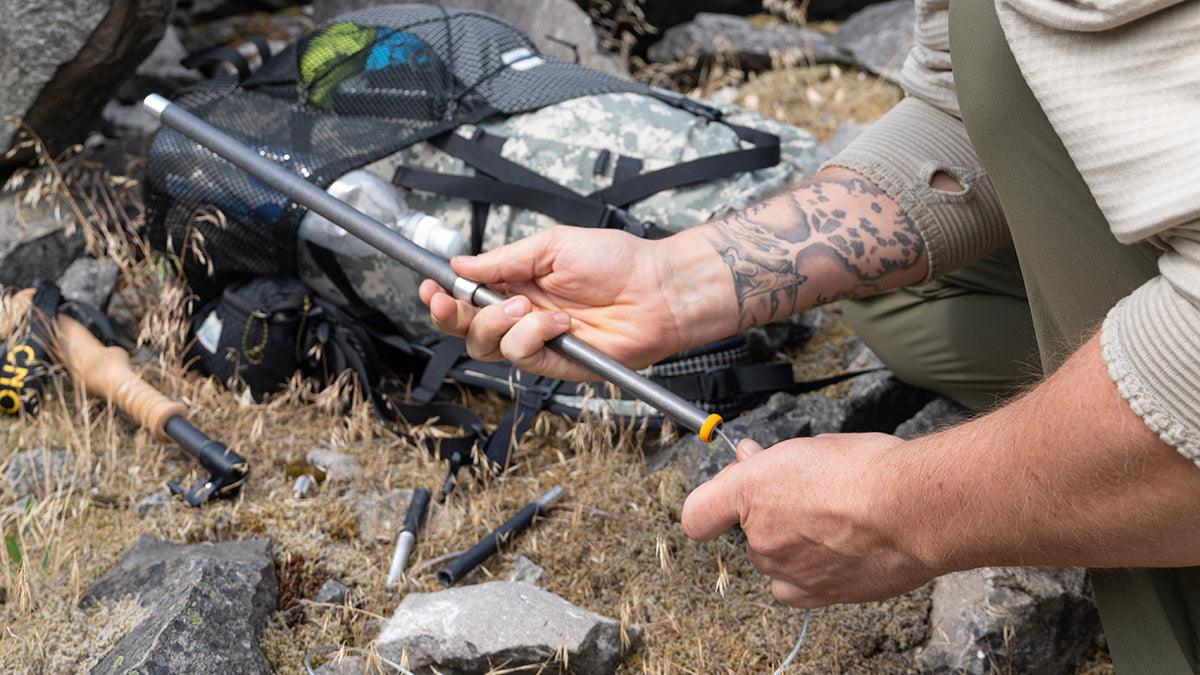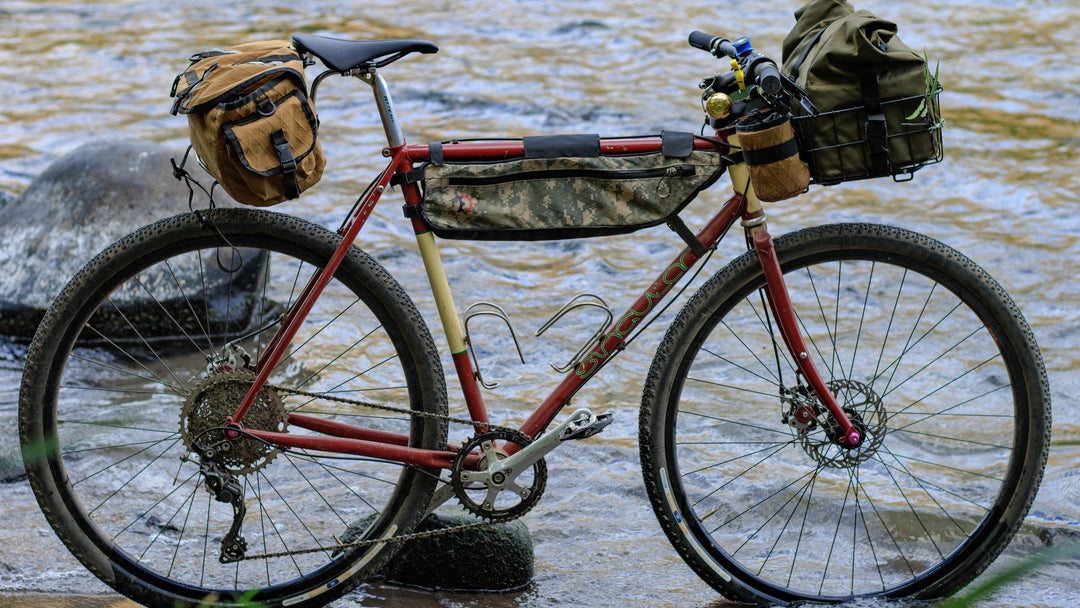Outdoor Gear Right To Repair

The disposable mindset of product manufacturing in the last few decades has led to a growing counter-movement in the US: The Right To Repair. This is not a new concept; humans have been opting to repair their things since realizing that making stuff is hard, expensive and resource-heavy. The change in approach from the repairable to the disposable is relatively recent - just the last 40-50 years.
With the development of cheaper plastics, simpler injection molding processes, and mass global economics, manufacturing became cheap and fast. So cheap in fact, that lately, it has been just easier to buy than fix, which leads companies to make things even cheaper and more disposable. Part of the process was to simplify designs, opting for glue rather than screws, dedicated and proprietary tools vs generic ones. That, in turn, made us greedier for cheaper and newer. But that is not the only part of the equation; manufacturing companies are also complicit.
The increase in computing—and the fact that there is a mini-computer in just about everything—means that aging technologies and dust/water/airtight designs have become an issue. As a result, manufacturers developed sleeker, slimmer and more streamlined designs that were impossible to open, fix, replace or update. Now, when something is broken, it must be taken care of by a dedicated service provider (have you tried to replace a cell phone battery in the last 3 years?) or better, just get a new one. The idea that we buy a new supercomputer for hundreds of dollars every year or two and replace it, again and again, is absurd. And so, the "Right To Repair" movement formed.
The Right To Repair
The Right To Repair movement aims to create legislation at both the state and federal levels to restore the ability to fix goods, mainly anything that has a microchip in it.
The Repair Association is focused on four areas:
1. Availability of information, namely repairing and building manuals
2. Making tools and parts available to all
3. Unlocking the item in a way that allows users to adjust and update software and devices
4. Repair friendly design
The group is gaining momentum, especially as more and more clear abuse of commercial power is being exposed; a famous example is Apple's activity to slow down the software in older phones.
You can learn more about the association's work here.
The Main Culprit in Disposable Design
When it comes to most consumer goods, the biggest problem is not the lack of tools or information, it is the design itself. Products are made from thinner and more fragile materials that are not meant to last. Instead of developing products that can be opened and fixed or updated, designers choose sleek and clean designs.
When the design is driven by marketing and sales trends, it tends to be counter-intuitive to the comforts of engineers and users. It dictates the look and salability over usability and repair. Choosing to have fewer parts and more repairable design requires a more grassroots input for design, something that is a challenge for bigger companies.
Adopting design concepts that come from customers' feedback and R&D teams rather than sales numbers, will hopefully lead to a design that is more fixable. These would be products that are not bonded to hide the "guts," but are more robust and repairable. On the other hand, as customers, we need to accept that these items will come with a higher price tag.
The Right To Repair in Outdoor Hardwear
Outdoor gear tends to suffer less from the issue of disposable design, as companies are more conscious about environmental issues. Soft goods can always be fixed with a needle and thread as long as we, the users, opt to do so. We do need to constantly remember that lighter gear is more fragile, and so has a higher chance to reach a landfill without proper care and repair.
Outdoor hardware, on the other hand, can go either way: some companies retain a strong sense of repairability - like MSR stoves - while others have a very clearly disposable design. When looking at "disposable outdoor gear" vs "lifetime owner gear" the are two main factors: price and weight.
It is not surprising that repairable gear is more expensive: the design is more thoughtful and complex, the materials are better in order to last and the infrastructure to make said parts is expensive. We, as customers, need to support such products, even when the price tag is higher.
The second issue with repairable hardware is weight. The outdoors market and industry are shifting towards lighter and lighter gear: an average loaded pack 30 years ago was easily 50+ lbs, while now it is possible to put together a 20-30 lb pack when shopping at most outdoor outlets. And prices haven't changed for quality gear, even if it is lighter.
Cnoc Telescopic Poles and Repairability
When we set out to design our poles after seeing the impact of the Vertex poles, reparability was front and center in our minds. The Telescopic poles are all-around repairable, using as few proprietary parts as possible, while keeping things light and usable.
The Vertex poles, though great, cheap and light, were of the disposable kind, and it was something I was uncomfortable with. The redesign of the original Zpoles to allow for repairability was what led to the development of the current poles, which are fully repairable lightweight and durable telescopic poles.
Our poles utilize two new parts: the Easy Tip and the Friction Quick Lock (FQL). The Easy Tip allows the replacement of the carbide tip with its nylon housing, anywhere you are, with no tools. We have tested over 30 different tip housings (by every brand and factory we could find) to make sure they all fit. And they do, making them universal so any hiker can pick up replacement tips anywhere.

The FQL uses the same old concepts of a quick lock, but with a more complex design and investment in infrastructure so we can use friction to hold the tubes in place. This reduces the micro fraction in the carbon fiber tubes and makes the poles more durable. We had to invest in very expensive molds, but that leads to better design and better products.
We will continue to have a mindset for repairability in our design and hope to see more companies join us on this journey to reduce our part in the growing landfills around the world.











Leave a comment